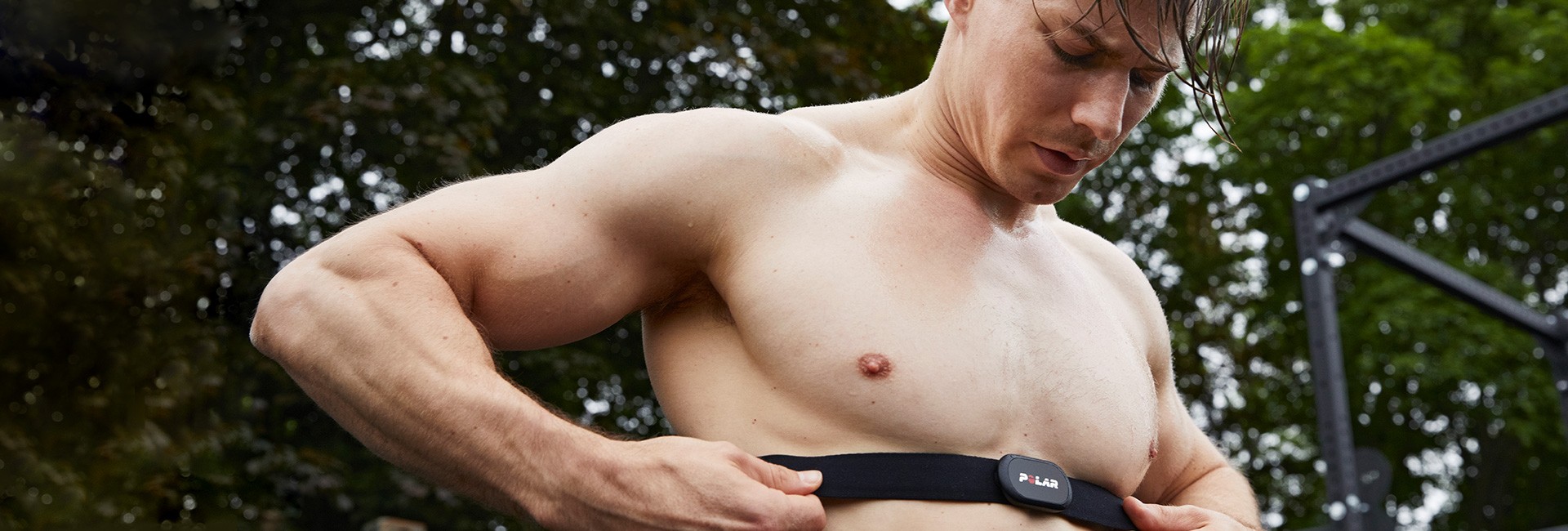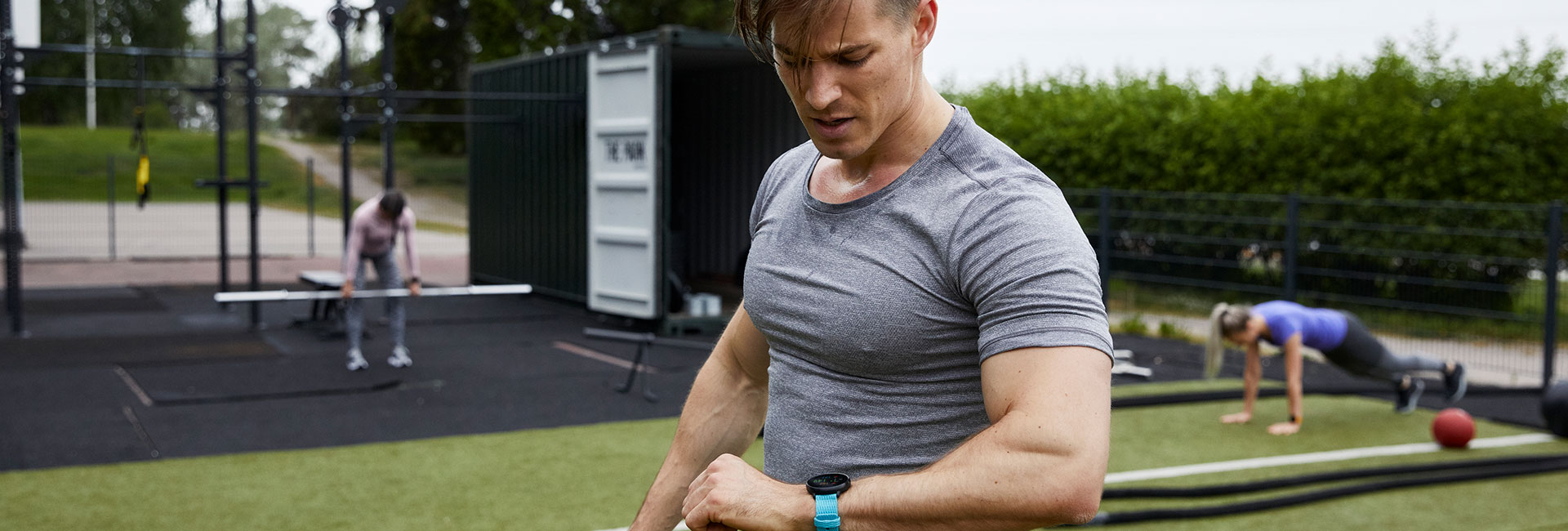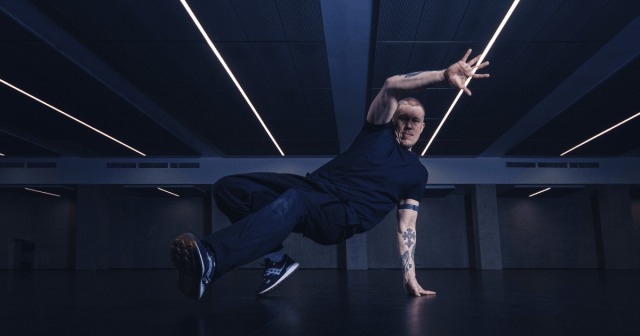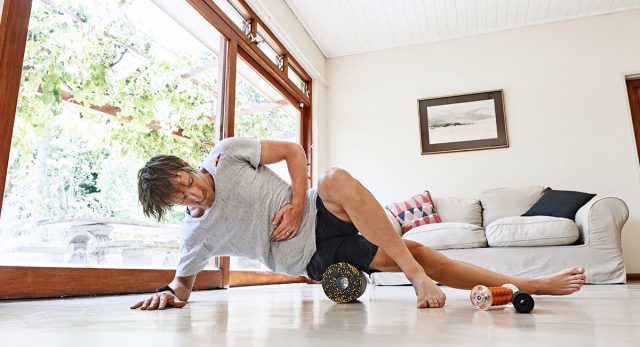Whether you’re beginning to exercise (again) or are unsure if you’re getting the most out of your workout, it’s important to know how to start exercising effectively.
From overcoming obstacles to setting up your home gym, you had the questions and Jack has the answers! Yes, we asked the trainer to the stars, Jack Hanrahan, to share his tips on everything from perfecting your pull-up to improving your sleep.
Now, there are no excuses for you to get started!
WHAT IS THE MEANING OF ‘EFFECTIVE EXERCISE’? HOW DO YOU KNOW IF WHAT YOU’RE DOING IS WORKING?
That’s a great question. I think for exercise to be effective, it has to steadily move you closer to your goal. This all starts with defining what your goal is, setting reasonable expectations, then building a program that is specific to achieving that goal.
You can then monitor progress by tracking relevant metrics (strength, body fat, cardio performance, etc ). Finally, you can tweak your program based on how it’s going. Over time, you will find what works and what doesn’t. You’ll learn how your body adapts and fine-tune your training accordingly.
How do you approach nagging ‘pain’? When I work out, my scapula gets tight, mainly rhomboid area.
The type of pain/discomfort that you describe can easily be triggered if the shoulder blade is not functioning well, which is very common (scapula dyskinesis).
In the short term, pay close attention to your exercise form and try to have a balance of upper body pushing and pulling exercises in your program. Work on scapula stability also.
If pain persists, I would recommend consulting a professional, such as a physical therapist, who can assess you and uncover the underlying cause (pain is a complex topic).
What kind of exercises should I do to start practicing pull-ups?
Pull-ups are a movement pattern very similar to cable pull-downs (vertical pulling). The difference being that pull-ups have a fixed load – your body weight.
If you can’t pull your entire body weight up, you can gain strength at this movement pattern by pulling the weight down. So my first recommendation is to program cable pull-downs, ideally twice per week. Gradually increase the weight as you get stronger.
When the weight you can pull down is not far off your total body weight, you can start incorporating pull-up variations such as band-assisted pull-ups and eccentric pull-ups. This is a pull-up variation where you start from the top and slowly lower your body under control.
When you can lower your body very slowly (for example, five to ten seconds), you will be ready to practice full pull-ups. Then you can introduce regular pull-ups for clusters of low reps (for example, five sets of one to two), building the reps up as you go.
As well as pulldowns and pull-ups, you also want to include plenty of core work in your routine as these muscles will be heavily involved. Bent knee hollow body holds are a good place to start, then progress to straight leg hollow body holds.
My recovery scores are crap after a hard cardio workout & poor sleep. How do I address this?
If you want to gain a thorough understanding of how to improve your sleep quality and quantity, then I highly recommend you read Why We Sleep by Matthew Walker.
A few habits that have helped improve my sleep score:
- No electronics one hour before bed.
- Sleep in a dark, cool room.
- Have a consistent bedtime (it really helps to set a bedtime alarm here).
- No exercise or food within two hours of bed. Both can disrupt sleep quality.
I would also recommend addressing your cardio training structure. I don’t know what it looks like, but many people skip the most beneficial form of training to improve aerobic fitness and speed up recovery: zone 2 training.
Learn to love this blue/green heart rate zone as it’s really where 80% of the gains are made. HIIT is great but very taxing on the body, so perform it more sparingly.
Can I get your tips on shoulder safety for bench press and shoulder press, please?
Bench press: before you lower the bar, think about ‘breaking the bar’ – which will stabilize your shoulders through an external rotation force (torque). Also, make sure your elbows track at a 45-degree angle to your body as you lower and press the bar away from you.
Shoulder press: the correct technique is hard to get across here. I would highly recommend incorporating shoulder-friendly variations like the landmine press. It’s so functional and really engages the core too!
Is an upper /lower split the best option for four sessions a week?
If you’re speaking solely about weight training, then this is a great training split (it’s how I train). However, four days of full-body training can be harder to recover from.
That said, if you only have four days to work out, I would recommend a two or three-day full bodyweight training split and use the other days for cardio training. A balance of weights and cardio is key to sustainable training and building a healthy body.
I’M SETTING UP A HOME GYM. WHAT WOULD BE YOUR KIT RECOMMENDATION?
Dumbbells would be #1. They’re incredibly versatile and the best bang for your buck tool for weight training (in my opinion).
It would be handy to purchase an adjustable bench too as this will afford you significantly more exercise options. If you want more kit: squat stands, a barbell, and landmine attachment would be my next picks.
Cardio is about personal preference. So, if you want a cardio machine, go with what you enjoy and find comfortable.
What’s the best all-round cardio machine for home? Air bike, elliptical, or treadmill?
The one that you enjoy and are most comfortable using. These are the most important considerations for a cardio machine. It’s all about personal preference.
What is the most effective workout for having the best glutes?
There’s no one best exercise and no one best workout. All muscles (including the glutes) gain size through gradual progressive overload. Try to include one to two exercises per week from each of the following movement pattern categories, and you’ll stimulate growth very well:
- Hinge: e.g. hip thrusts, cable pull-throughs, dumbbell Romanian deadlifts.
- Lunge: e.g. split squats, reverse lunges, lateral squats.
- Squat: e.g. goblet squat, landmine squat, barbell squat.
any tips for squat mobility?
The three areas that influence squat mobility the most include ankles, hips, and upper back. Here’s an exercise for each area that can help to improve your squat mobility:
- Ankles: Mulligan ankle mobilizations.
- Hips: 90/90 hip stretch.
- Upper back: cat/cow.
How many times can we do anti-HIIT workouts/week? Even after weight training?
The great thing about anti-HIIT is that it’s low impact and moderate intensity, which means that you can recover fast. You could certainly pick three different workouts and perform them throughout the week.
You could tack them onto a weight training workout as you suggested, but my preference would be to perform cardio and weight training separately to get the most out of them. A several hours gap between them will minimize any unwanted interference effect, better still, perform on different days.
What makes a great fat-burning exercise?
I would not recommend thinking about an exercise or workout in terms of how many calories they burn. Our metabolism is complex and there are so many different factors that affect energy expenditure.
WHAT’S YOUR WORKOUT ROUTINE?
My current training split involves four weight training days (upper/lower split) and two or three cardio days (two low intensity, one HIIT typically).
I also include two short mobility routines, which I perform at home. This is more volume than I would recommend for most people, but I have trained consistently for over a decade and therefore have a high tolerance for exercise and fast recoverability.
I’m going to decrease the weight training to three days per week soon and increase cardio volume in preparation for an endurance event next year. I plan to take on the three peaks cycling challenge!
It’s better to focus on your exercise ‘habits’ as long term adherence to a program is the key to getting great results (paired with a good diet). Both weight training and cardio have their respective benefits, so it’s best to include both in your training.
Do you follow any macros?
In the past, I counted macros to get a better understanding of my diet so I could make adjustments according to my goals at the time. I did this for a very brief period as a learning exercise. I can now eyeball my nutrition intake and modify my diet on the fly.
I’m interested in anti-HIIT training. Where can I find more workout examples to follow?
I’m happy to hear you are interested in these workouts. I’ve posted several workouts on my Instagram page in recent months. They all have the title ‘Anti-HIIT’ so they should be easy to find.
This form of training is a very new concept that is rapidly gaining popularity, so expect more workouts in collaboration with Polar soon.
If you liked this post, don’t forget to share so that others can find it, too.
Or give it a thumbs up!
I like this article
Please note that the information provided in the Polar Blog articles cannot replace individual advice from health professionals. Please consult your physician before starting a new fitness program.






